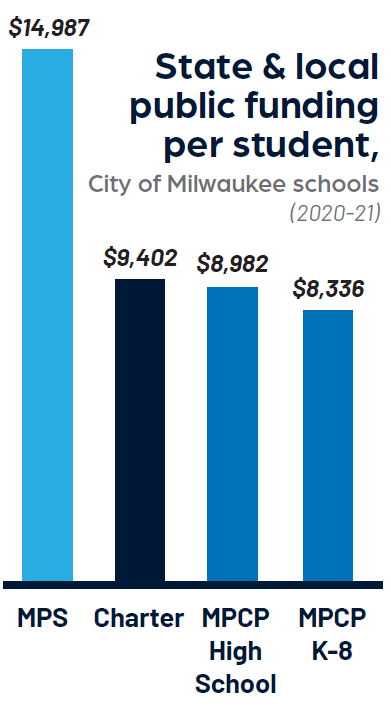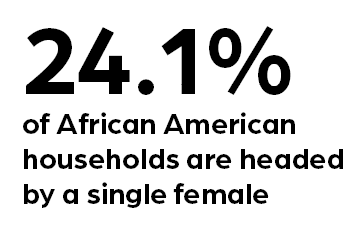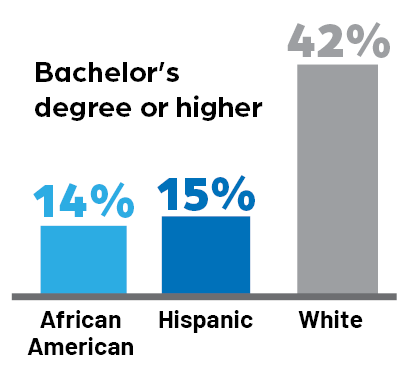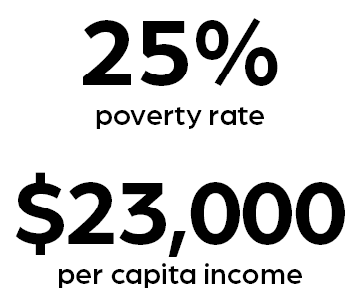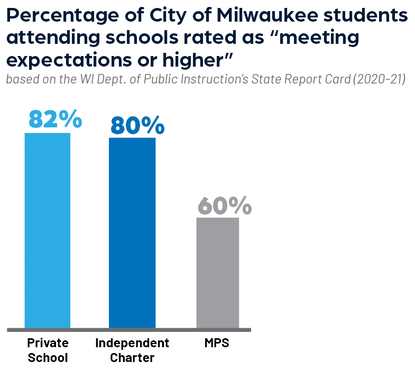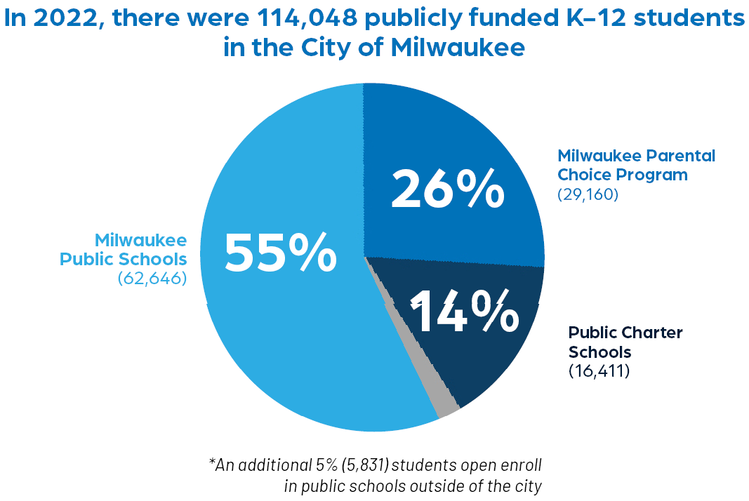MMAC's K-12 Education Agenda
Improving student outcomes by investing in quality schools
An educated and skilled citizenry is key to a prosperous community, driving economic growth and narrowing racial disparities.Despite Milwaukee’s progress, low-income students of color face a stubborn gap in educational attainment.

